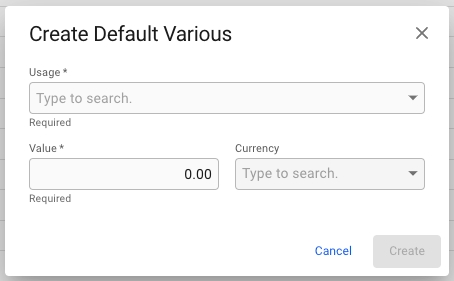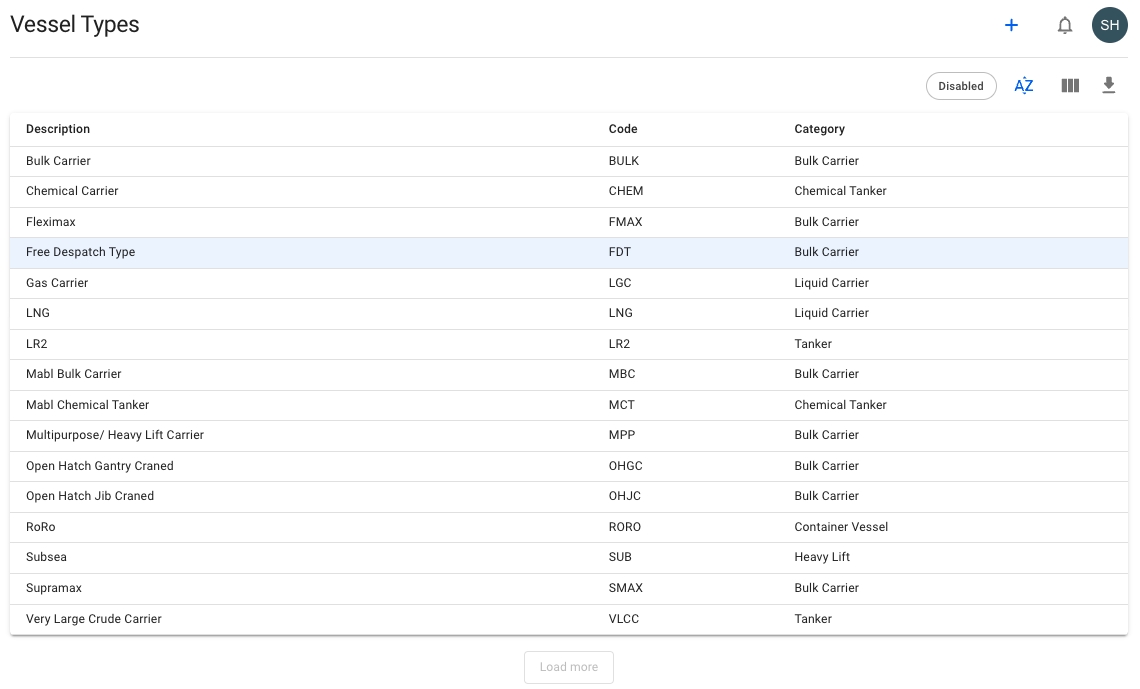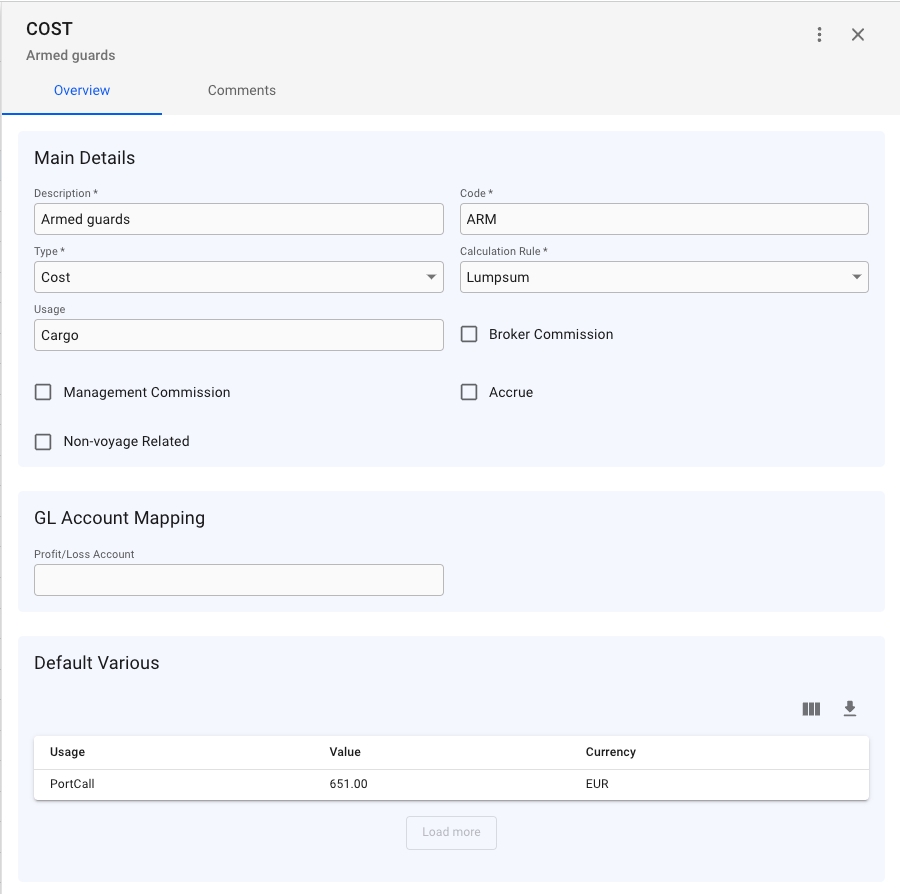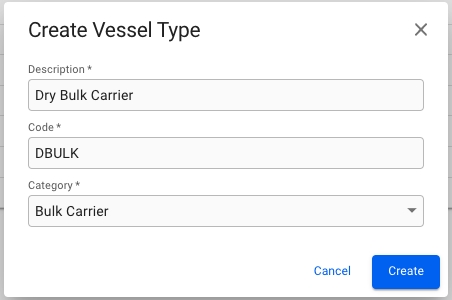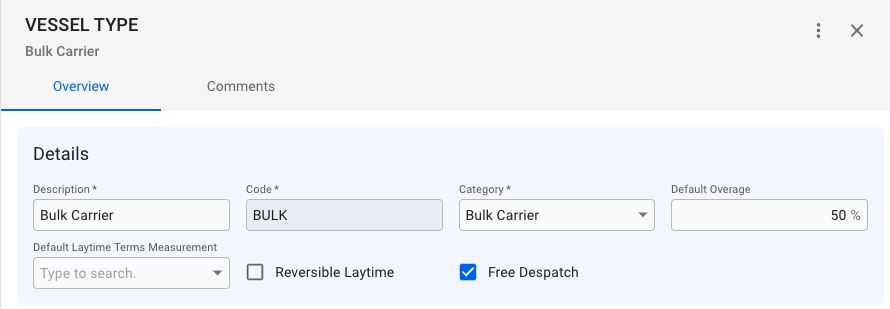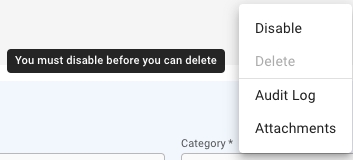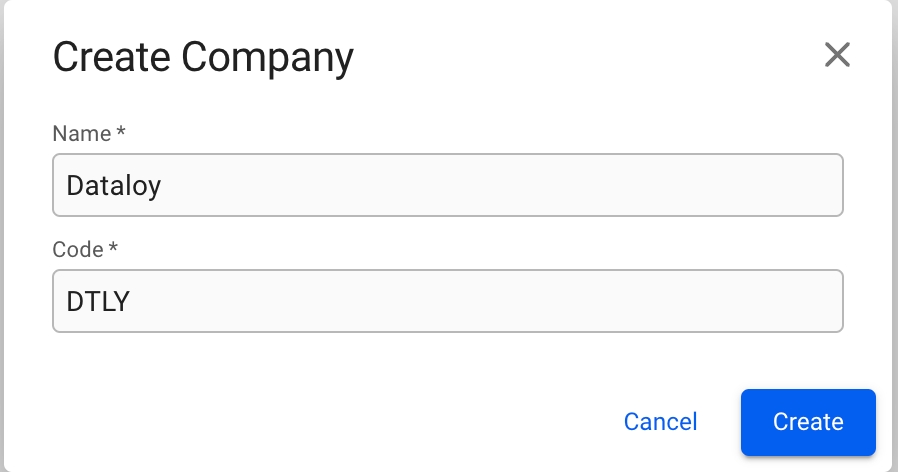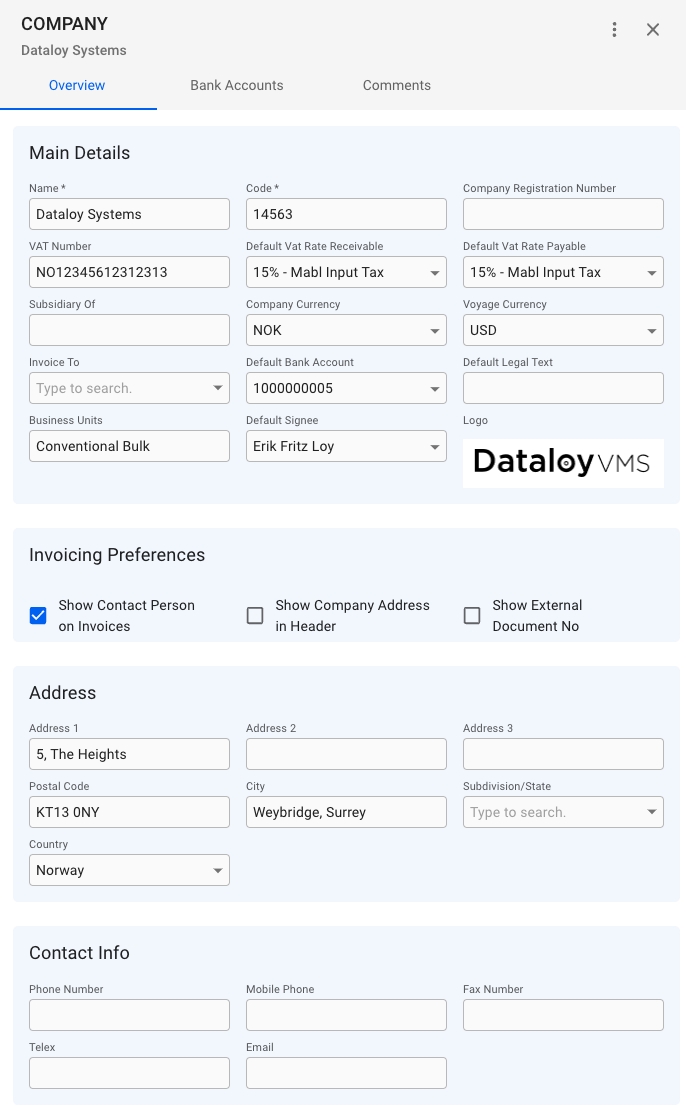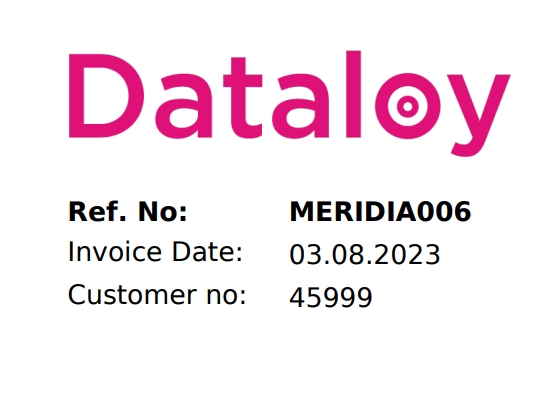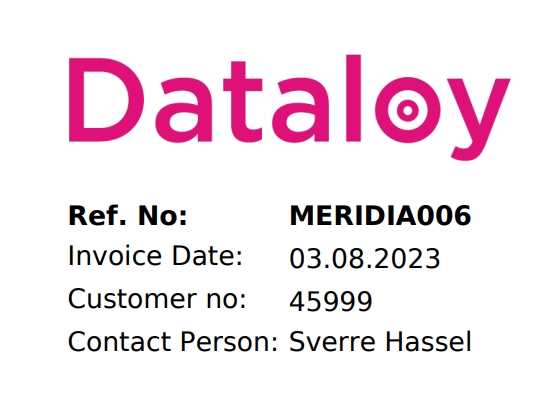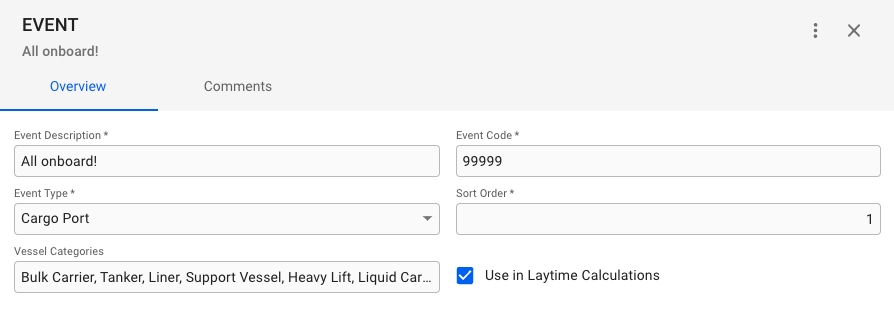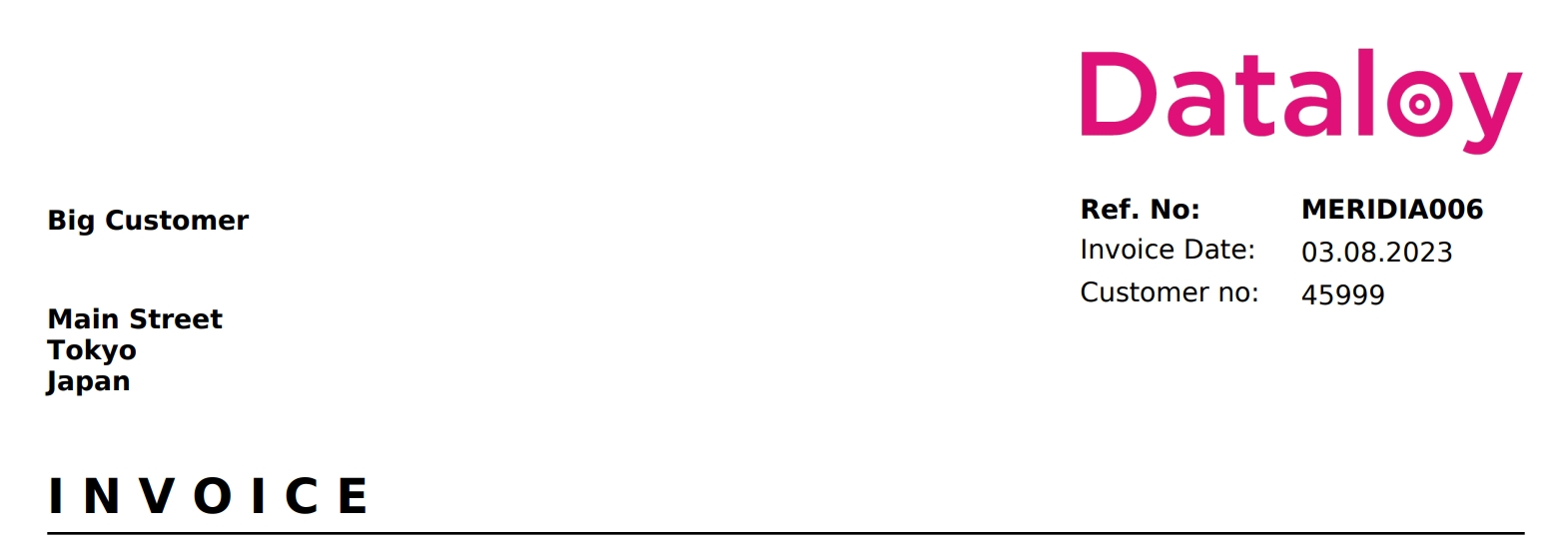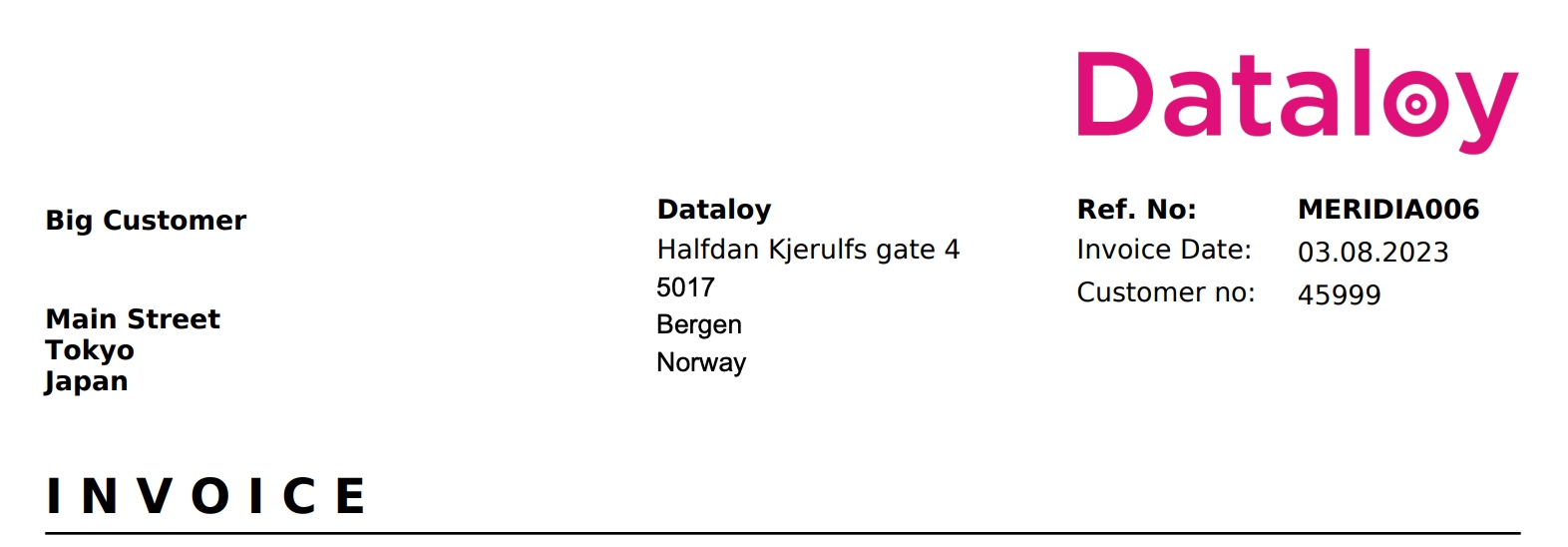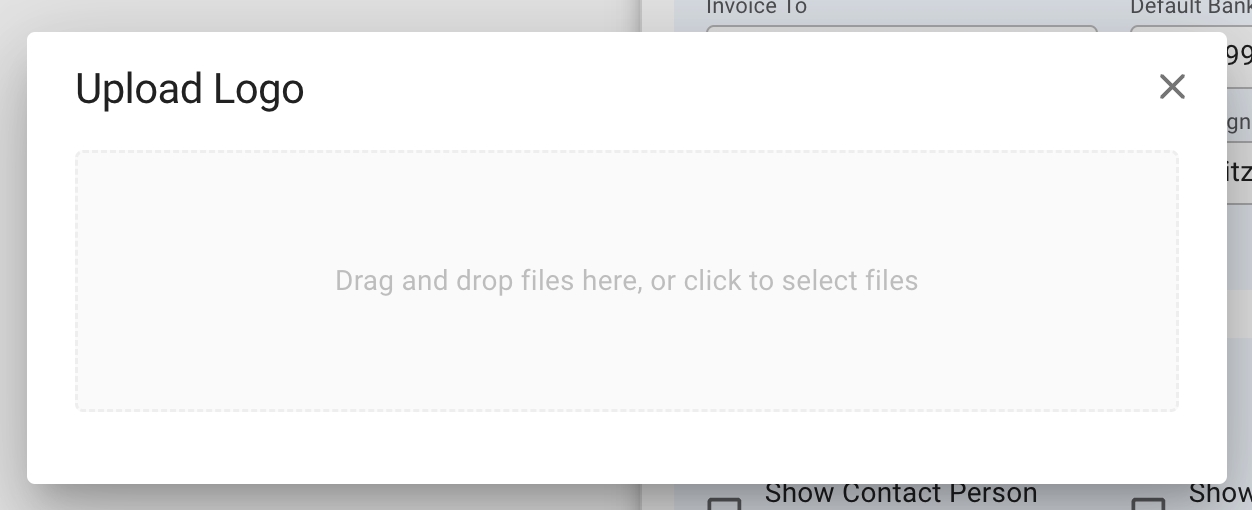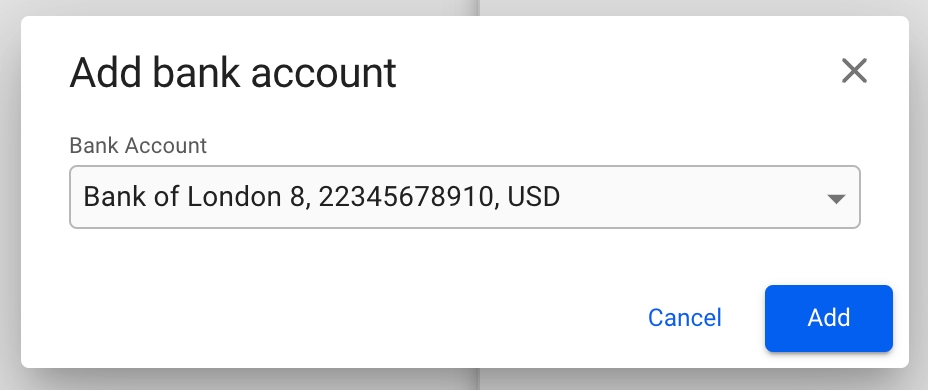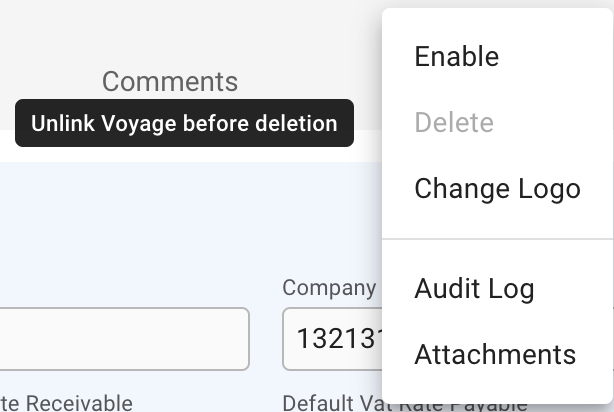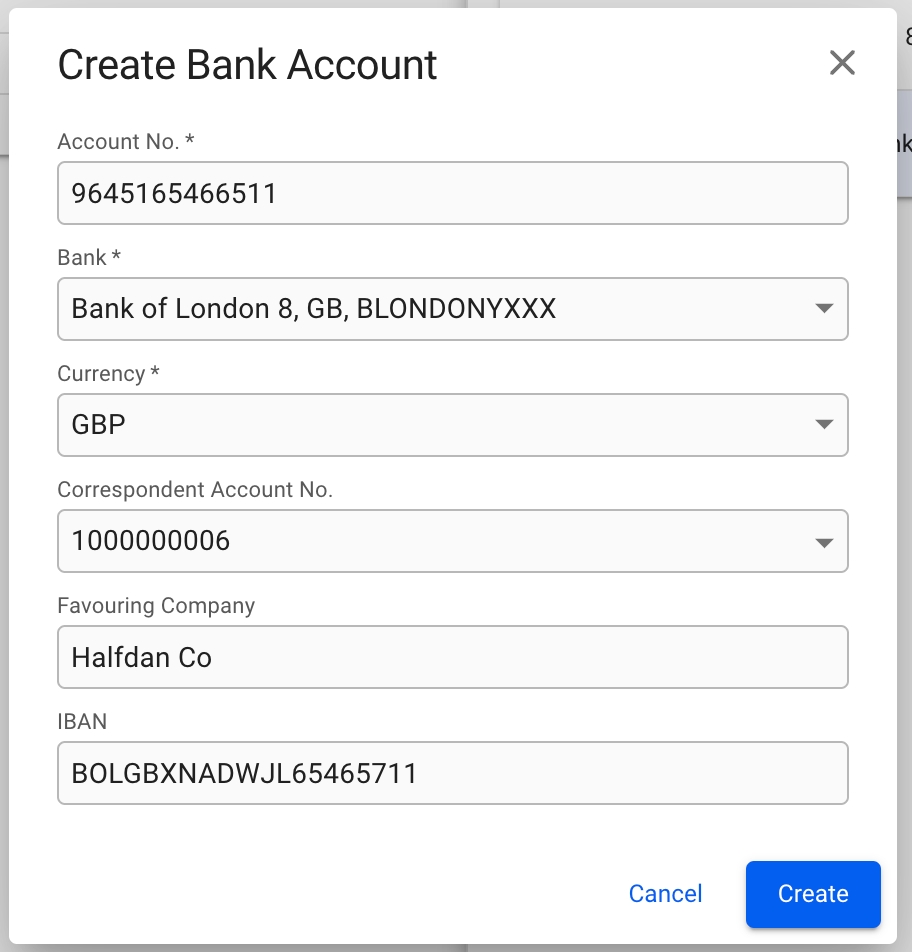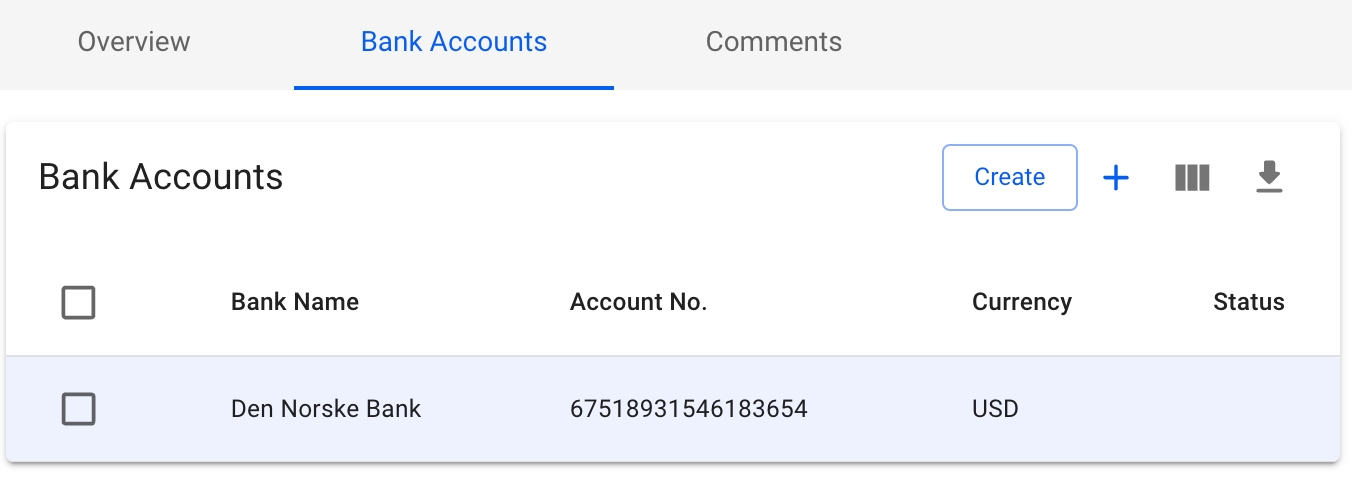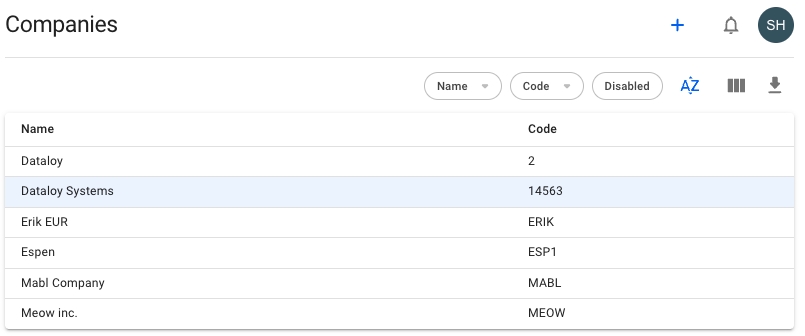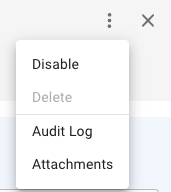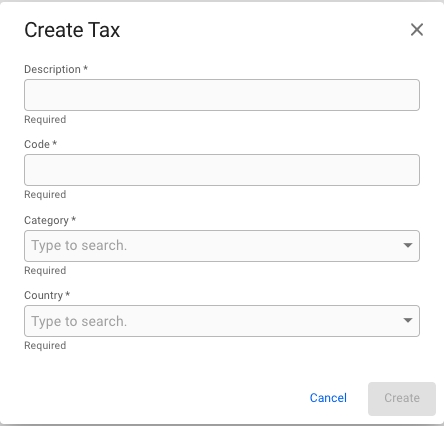Loading...
Loading...
Loading...
Loading...
Loading...
Loading...
Loading...
Loading...
The Master Data section houses the core data, for example, clients, vessels, etc., accounting parameters, and any other data required to successfully operate the different modules of the system. Master Data is a single source of basic business data used across the VMS in the modules and is shared by multiple users. To enable full usage of the system it is necessary to enter data into this section.
Each master data page follows the same design where you get a list of master data when opening the page. Create a new master data object with the + button above the list and maintain the master data object by opening a drawer when clicking a master data object in the list.
Note! You may enable the feature to make the Company and Business Unit fields depend on each other. If one of the details is set, you may tee linked items that correlate to the former attribute when selecting the second field. Moreover, if you proceed with an element not linked to the former attribute, the first field will be cleared.
For example, there is Company A, which has a link to Business Unit A. When creating an object, after selecting Company A and expanding the Business Unit, you will get a list of options. The list will contain all the Business Units, but Business Unit A will be marked as linked to the selected Company. Next, if linked Business Unit A is chosen, you will end up with Company A and Business unit A. Otherwise, if the selected Business Unit is not linked to the preferred Company, the Company field will get cleared, and you may observe a list of Companies related to the selected Business Unit.
This page contains information about Events and related characteristics.
The Event module is designed to facilitate the documentation of various events that occur during a Cargo Port/Port Call. These events can be anything from simple notes like "Loading Completed" to more complex actions such as "Anchored" or "Captain arrived!".
By using the Event module, users can easily document and keep track of important events that occur during a Cargo Port/Port Call.
Each event in the module is identified by a set of attributes which include:
Event Description - brief text that reflects the meaning of an event.
Event Type - can be either Cargo Port or Port Call. The type allows defining when the event takes place.
Vessel Categories - allows selecting vessel categories to which the created event will be applied.
Event Code - unique identifier for easier navigation.
Sort Order - shows the position at which the chosen event will show up among those events that also satisfy the same Event Type and Vessel Category.
An event can be used in Laytime calculations. If the corresponding checkbox is clicked, the event will show up automatically at the specified position in the Laytime calculation module under a Cargo Port.
Master Data for Vessel Types
The list shows you an overview of all available Vessel Types. The usual array of list options are available, such as sorting, re-ordering, and column customisation. Clicking on a Vessel Type will open up the Vessel Type drawer.
To edit a Vessel Type, click on it in the list to bring up the Vessel Type drawer. From here, you can freely change the Vessel Type data.
Cargo Ports created on a Voyage with a Vessel whose Vessel Type has "Free Despatch" ticked off, will in turn have "Free Despatch" ticked off
Overage on a Cargo on a Voyage will by default be set to the Vessel's Vessel Type "Default Overage"
To create a new Company, click the icon in the top right on the Companies list. This will bring up the Create Company modal. Fill in company name and code, and click create.
To add or change details about a company, click on it in the Companies list. This will bring up the Company drawer.
From the overview tab, you can see all the important details of a company such as name, company registration number, VAT number, currencies, business units and more. If the company has a logo, it will also be displayed here.
The Default Signee field in the Main Details section will sign invoices by the company with the users signature, should it have one.
The invoice preferences section in the Overview tab has three toggleable options which impacts which details shows up on invoices from the company. Below is a comparison with each option toggled on and off.
If the company has a company logo uploaded to the system, it will show up in the Main Details section in the Overview tab.
A Company only has 1 logo. Uploading a new logo to a Company with an already existing logo, will replace the old logo.
The tab contains a list of all the bank accounts belonging to the company. The usual list operations are available, with two minor changes.
Deleting a Company requires that the Company is both disabled, and has no link to any Voyage.
To create a new Vessel Type, click on the icon in the top right. This will bring up the Create Vessel Type modal. Enter the required information, and click "Create".
In order to delete a Vessel Type, it must first be disabled. Click the icon in the top right, and click "Disable". Once the Vessel Type has been disabled, the "Delete" button from the same menu will no longer be greyed out.
To upload or replace a company logo, click the button in the top right of the Company drawer to bring up the menu. Then click on the "Change Logo" option. This will bring up the modal for uploading a logo.
To add an already existing bank account, click on the icon in the top right of the list. This will bring up a window to select the account from a list, showing the bank, account number and currency. Click Add to add the account to the Company.
To create a new bank account, click on the button in the top right of the list. This will bring up a modal to create a brand new bank account. Fill in the required details, and click Create to add it to the Company.
Click the button in the top right corner of the Company drawer to bring up the menu. Then click the "Disable" option to first disable the Company. Next, open the menu again, and click "Delete".
Master Data for Taxes
In this list, you are able to view fields, such as Description, Code, Category and GL Account:
By clicking on one of the taxes on the rows, you open up a Tax drawer:
Here, you are able to edit the main details of the tax (all * fields are required), and also create or edit various Tax Rates on the tax:
If you uncheck the Enabled checkbox, the tax rate will get the status Disabled on the list.
By clicking on the secondary actions button (the three dots on the top right), this menu will appear:
When disabling a tax, you are able to either delete the tax or enable it again. You can find the disable list of the taxes by filtering on Disabled on the Taxes List.
In the -action at the top-most left side of this view, you are able to create a new tax using this modal (the * are the required fields):
Opening the "Various Cost and Revenues" module under "Master Data" will show a list of all available various cost/revenue.
Fill out the fields in the popup: - Description: The name of the various. - Code: A unique identifier of the various. - Type: Labels the various as "cost" or "revenue". - Calculation Rule: Decides how/when the various is calculated.
Click "Create" and the new various will now show in the list
Click a various in the list to open its drawer.
Under "Main Details" the current values of the various can be changed. This section contains more options compared to the pop up when creating the various.
Fill in the values: - Usage: The object that will trigger the creation of the various - Value: The value of the various when created - Currency: The currency of the various value (optional) In addition, when creating a default various with the usage object "Voyage", it is possible to select whether the various should be created for all voyages, only TC voyages, or only voyage charters.
Click the in the top right corner of the module to open the "Create Various" pop up.
Default various is a various that is always created whenever its usage object is created. The list in the picture above shows that the various "Armed guards" has one default various that is created whenever a port call is created. To create a default various click in the top right corner of the list.


